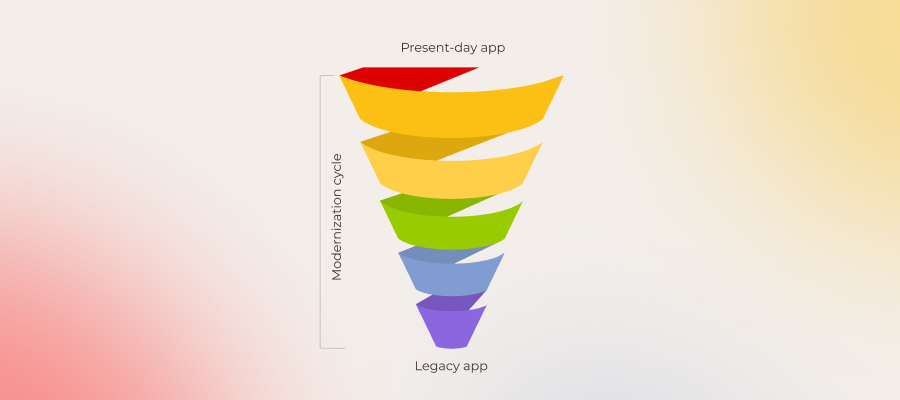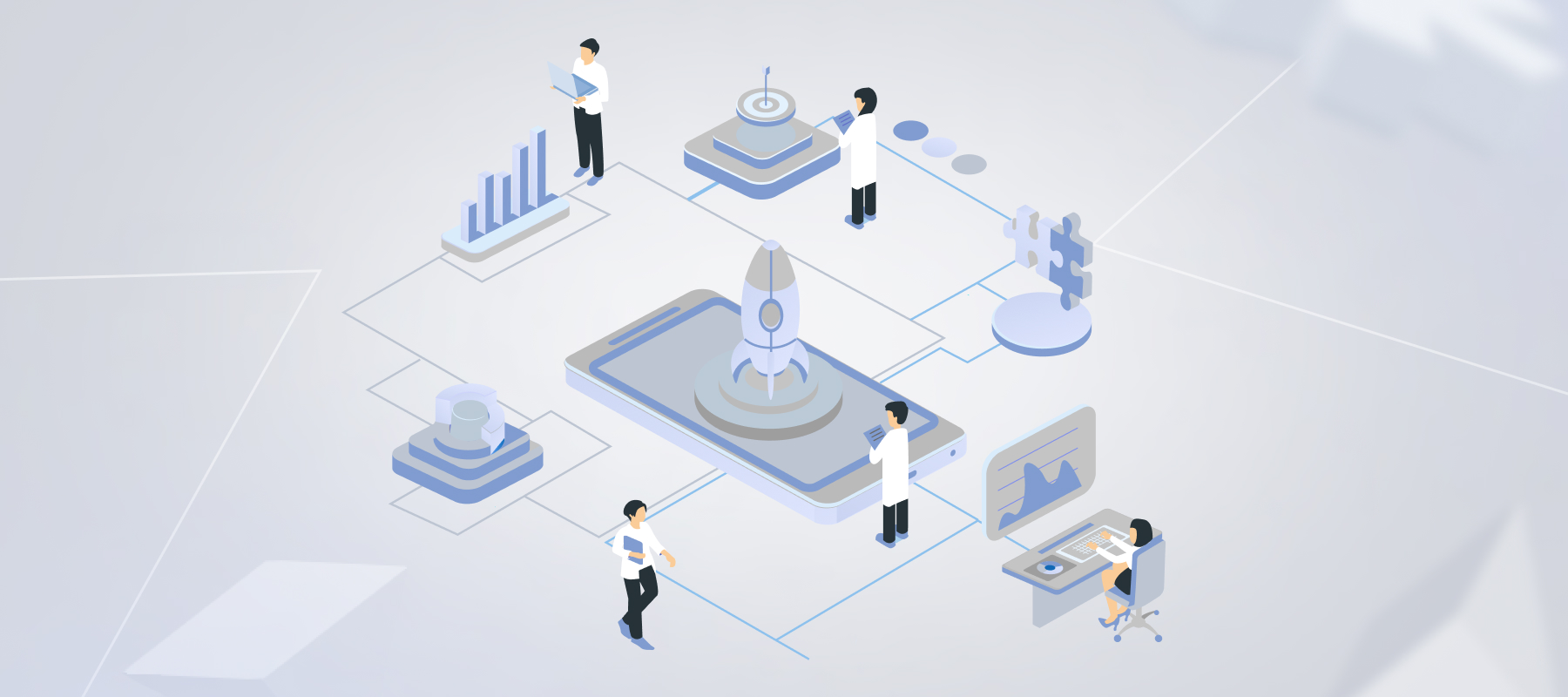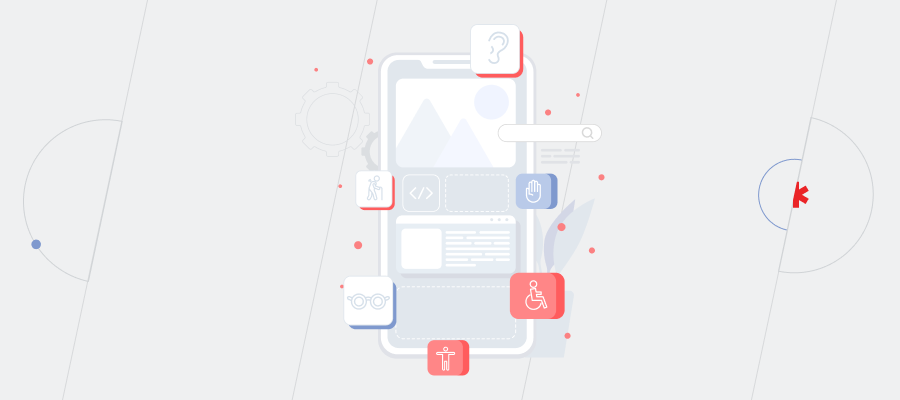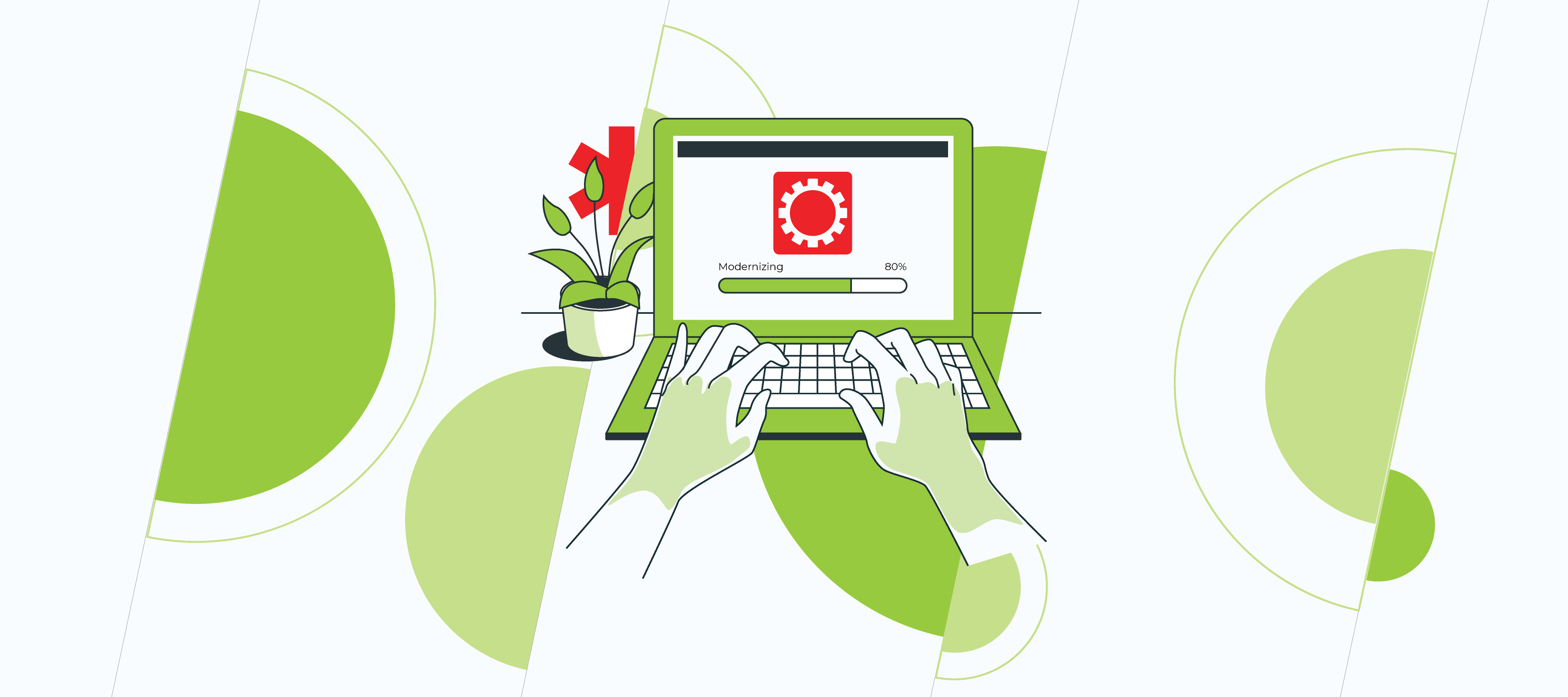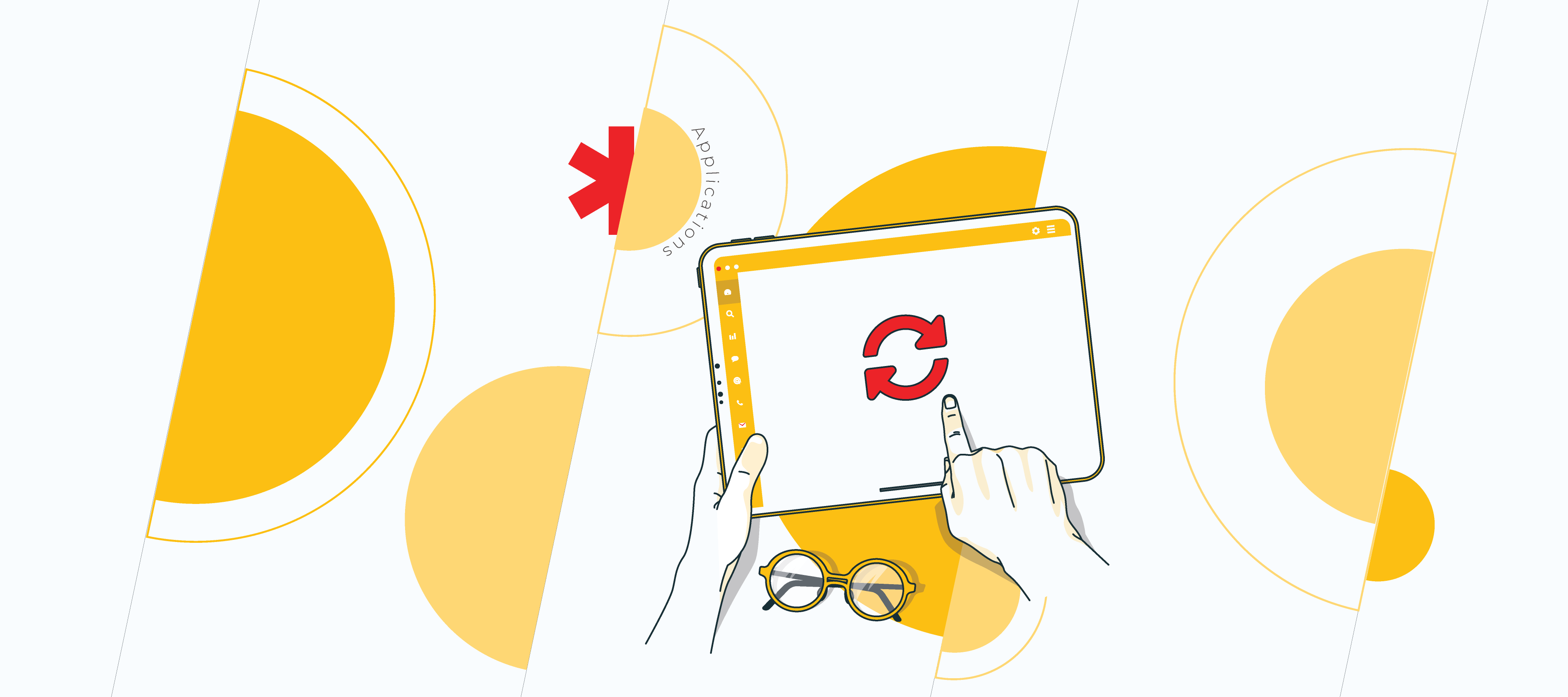Are you advancing your business using technology or simply trying to keep things chugging along smoothly? If you answered with the latter, then you’re part of the majority of companies whose IT investment primarily goes toward ensuring their services stay up and running. But what if there was a better way? A path to modernize your core applications while ensuring those essential components stay functional? There is, and below, we’ll tell you the ins and outs of why modernizing core applications is a business-need, challenges you may face along the way, and the five essential steps you need to take to do it right.
Challenges and roadblocks to modernizing applications
When faced with the question, “to modernize applications or not to modernize applications?” Many C-level executives and managers are reluctant to dive in and update, and rightfully so. There are a number of issues that should be considered before diving into any technology investment. Here are some of the challenges and roadblocks before even getting started.
Confusing information
Cloud or on-premises? DevOps or traditional software development? In-house or outsource? These are just some of the questions that executives face when venturing into the modernization of core applications. Conflicting approaches create confusion, and this can be a roadblock in and of itself. That’s why before setting off, it’s essential to research first and act later.
Legacy software
No matter what area a business operates in, it’s likely to have some technology already in place. And it is this very legacy software that forms the basis of your organization’s technical debt. While right now, it may seem that your current solutions function properly, in the future, they will become outdated, and the longer you haven’t updated, the more technical debt you will have incurred, making it harder to deal with. That’s why the golden rule when it comes to legacy software is “out of sight should not mean out of mind.”
Fear of the unknown
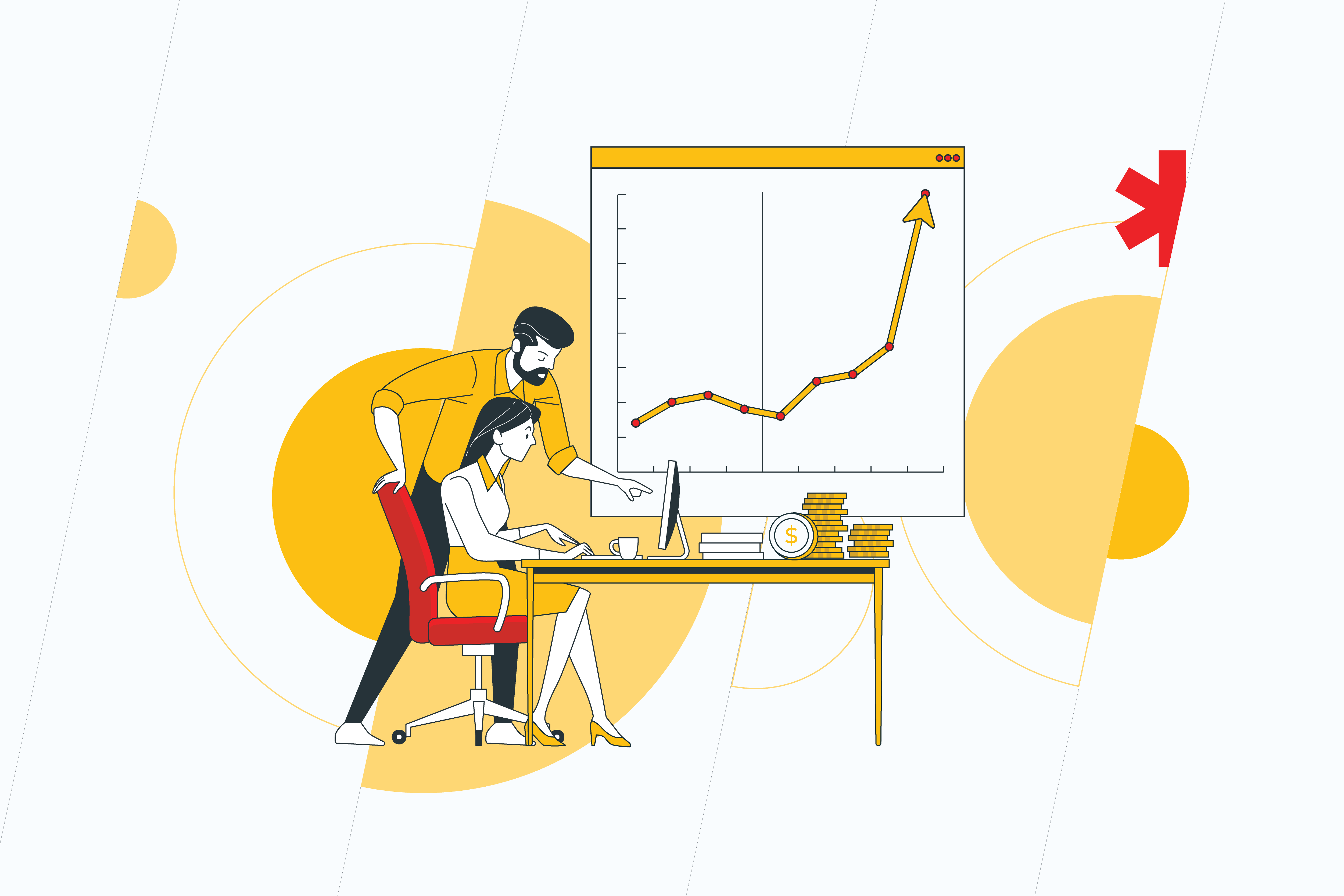
This stems from technical debt. Often, heading into modernization of applications process, it can be difficult to estimate the costs and results that will occur. One small change to a core application could potentially lead to the need to change further software, and eventually, these costs add up. That’s not to mention the risk that one piece of code could be essential to something else. That said, failure to update means fear of progression, and this is crucial to business viability in the long-term.
Why do you need to modernize core applications?
In 2021, global businesses are predicted to spend $3.8 trillion on their IT needs, a growth of 4% from 2020. And it’s no surprise that the market is growing. In the wake of the COVID-19 crisis, more businesses are considering how technology can improve the services they offer. However, many still find themselves battling outdated systems, legacy software, and other issues along the way. In spite of the challenges, there are some compelling reasons to start investing in your technology stack now.
Shift to remote-first
The Global Workplace Analysis Survey suggests that between 25-30% of roles could stay remote, even after COVID-19 restrictions end. What this means for companies is the investment in IT will increase to ease the process of at-home working. However, this doesn’t mean a loss in profit overall. On the contrary, it is estimated that a business could save up to $11,000 per year for an at-home worker as compared to in-office staff.
Improvements in the cloud
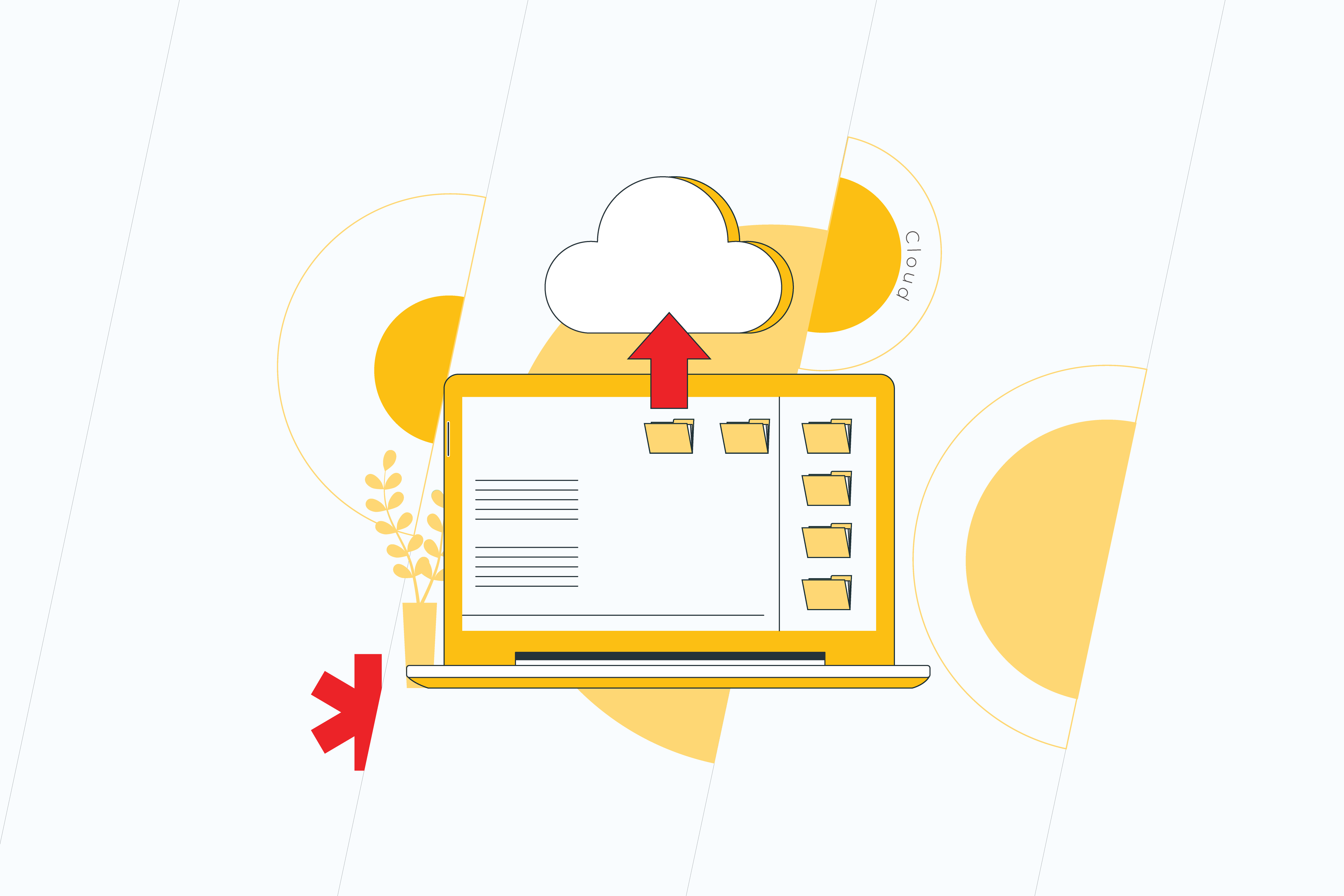
Migrating to the cloud can seem scary, but there are some great benefits to doing so, including increased capabilities to managing data, reduction in storage costs, efficiency, and scalability. In recent years, cloud technology has improved immensely, allowing businesses to complete more processes remotely and securely.
The competition
This isn’t about keeping up with the Joneses. It is about ensuring that your business is viable long-term. The fact is if your competition is updating their technology, then you will fall behind and quickly. Staying ahead and making your business efficient means embracing appropriate solutions for modernizing applications. And this is especially vital when it comes to core applications. These are the backbone of your business.
5 Must-do steps to modernize your core applications
Starting out on the application modernization journey can be confusing. That’s why we’ve created these five must-do steps to get you started on the right foot.
1. Analyze the current situation
Just as you start out on any venture, when beginning to modernize core applications, it’s vital you analyze and evaluate both your current software, what your competitors are doing, and which solutions will be appropriate for your needs. If you lack the in-house staff, then, at this stage, it’s best to engage some outside specialists with expertise in modernizing core applications to advise which is the best route to take. Break down this enormous challenge into more manageable steps, as you would do with any project. By doing so, the process will not seem so insurmountable, and your team will be better able to tackle the modernization.
2. Plan and ask the right questions
Now that you have some understanding of what needs to happen, it’s time to dive deeper and ask the right questions about your application modernization. If you are working in-house, these questions should be dealt with by your IT team, or if you have chosen to outsource, your provider will advise you. Start by considering:
- What concrete results do I need from core application modernization?
- Is cloud appropriate for my business needs?
- How will data be managed?
- How will we verify if the application modernization process has been successful?
- What happens if the scope changes during the modernization process?
- How will existing applications be integrated with the newer ones?
- How will we balance the investment in new technologies while dealing with legacy software?
Setting concrete aims and objectives and how you will achieve them creates a manageable pathway to success.
3. Deal with tech debt
Yes, tech debt is tedious, and it’s likely those who wrote the original code for your applications have long left your company. However, keeping legacy software is no way to go about it. Alongside your team, it’s essential that you identify which areas of legacy software should remain as they are and which you will update this time around. By taking a gradual approach, you are better equipped to upgrading your technology and lowering the risks of any converse effects, such as bugs, from appearing. This constant approach to modernization allows you to update software on a continuous basis without affecting the overall business which may still be using legacy software. Attempting to upgrade everything at once often runs the risk of unpredicted consequences, including application downtime, bugs, and other blockers.
4. Deciding between cloud or on-premises infrastructure
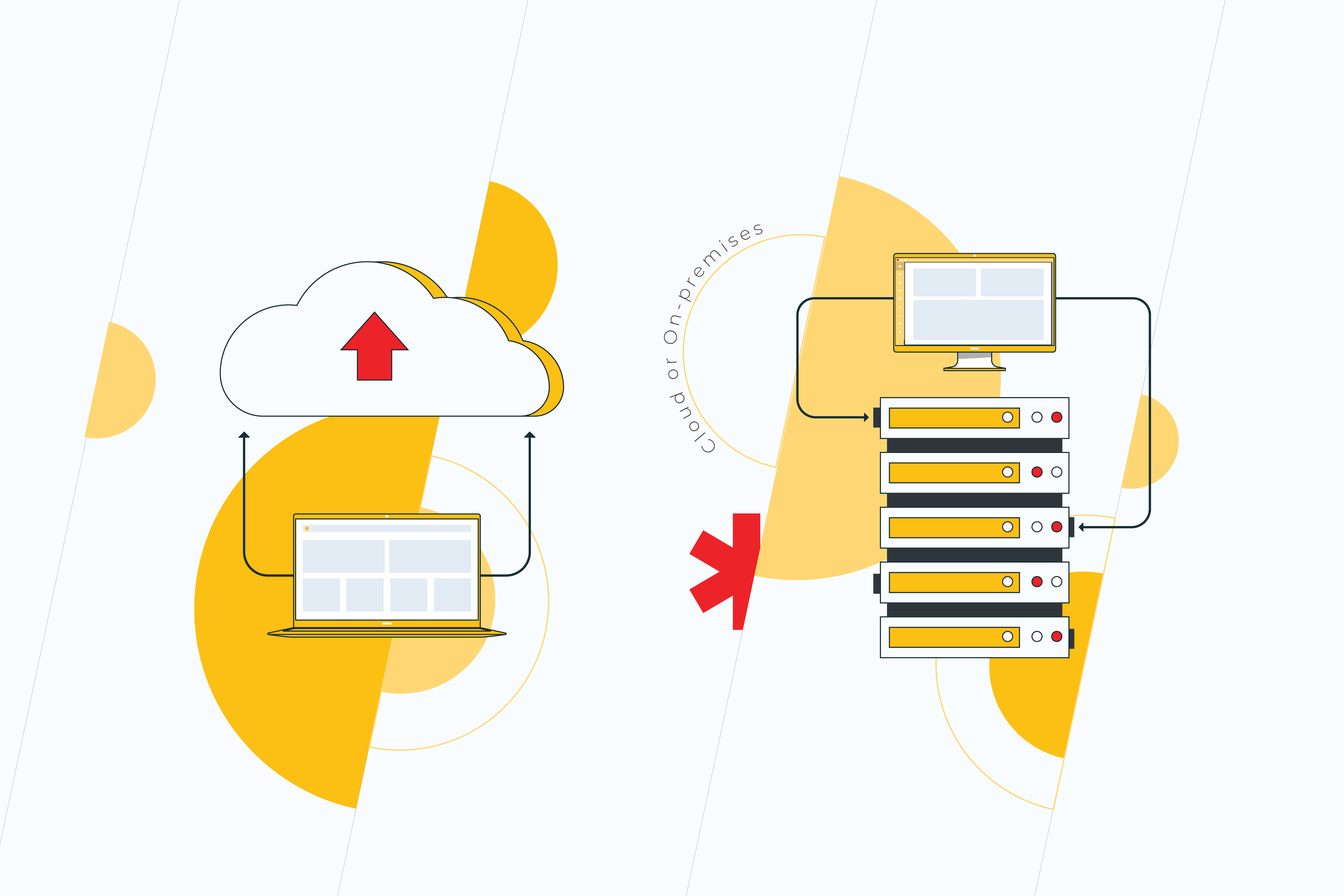
Both cloud-based and on-premises software infrastructures have their benefits. Before you decide how to modernise your core applications, you’ll need to decide which infrastructure they will have. On-premises services offer in-house security, so you are always aware of where your data is and when it’s being accessed. On-premises services are often robust, which is necessary for some core applications. On the other hand, you will need the physical space to store such systems and will bear the maintenance costs. Meanwhile, cloud systems are often flexible and suitable for many-core application functions. In this case, you won’t be responsible for maintenance or storage. As an added benefit, cloud services often offer subscription-based plans allowing you to expand as needed.
5. Choose an approach to suit your business
The world of technology is constantly changing, and it’s likely your needs as a business are too. Engaging in an agile approach from the very beginning gives you the power to rapidly adapt to changes you need as a company. The agile approach means you constantly develop, test, and release software, getting it to the market faster.
However, it’s not suitable for everyone. Some businesses may benefit from the transparent and linear process of the waterfall method, especially if they have a clear view of which particular updates they need.
Bonus: Don’t neglect security
No matter how you approach your application modernization, there is one element you can’t afford to skimp on—and that’s security. Ensuring the security of your customer’s data and that of your business is a priority and should be top of your modernization checklist. No matter which method you choose to upgrade, it’s vital that you and your team take this into account at all stages.
The time to modernize is now
When it comes to modernizing core applications, there is no one-size-fits-all solution. Instead, you will find that the solution you require is unique to your business. While similar approaches and software tools can be used across many enterprises, it’s vital that before you begin modernizing your core applications, you take the time to plan for the long-term. Starting out might seem daunting, however, as they say, the proof is in the pudding (of customer satisfaction).


